|
Springers museum......
Keyed bowed instruments |
  |
|
|
Hurdy-Gurdy and
Nyckelharpa |
|
Page under
construction |
|
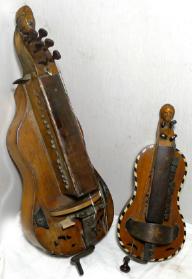 |
The hurdy-gurdy
is a stringed instrument that produces sound by a
crank-turned, rosined wheel rubbing against the
strings. The wheel functions much like a violin bow,
and single notes played on the instrument sound
similar to those of a violin. Melodies are played on
a keyboard that presses tangents , small wedges,
typically made of wood, against one or more of the
strings to change their pitch. Like most other
acoustic stringed instruments, it has a sound board
to make the vibration of the strings audible. Most
hurdy-gurdies have multiple drone strings, which
give a constant pitch accompaniment to the melody,
resulting in a sound similar to that of bagpipes.
|
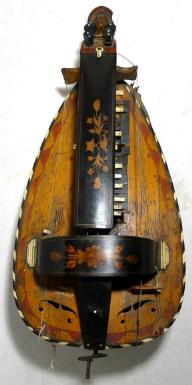 |
|
|
|
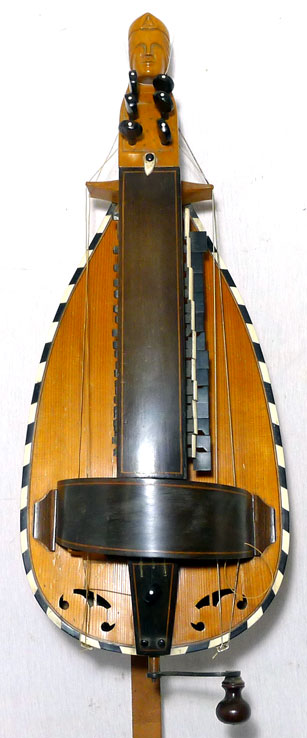 |
A 19th century lute backed Hurdy-Gurdy circa 1860
from Mirecourt, France. By Thouvenel Henry. |
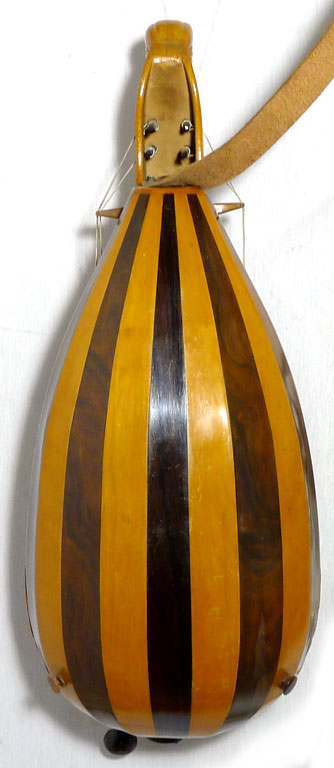 |
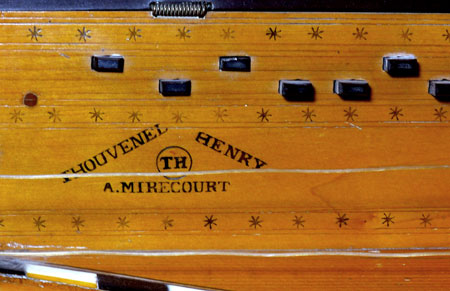 |
 |
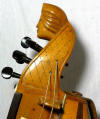 |
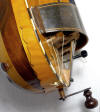 |
 |
|
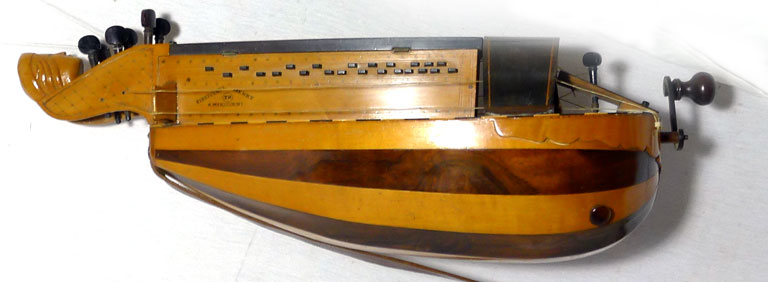 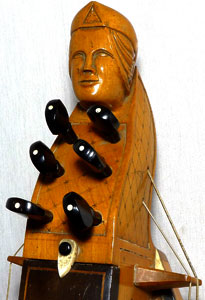 |
|
|
| |
|
|
| |
 |
A Swedish nyckelharpa or keyed
fiddle. This one is by
Olle Plahn, Falun.
Sweden. 3 melody rows of keys and one drone. Also 12
underlying sympathetic strings. Versions of these
instrument are known to exist back many centuries.
Images of a similar instrument are depicted in a
gate house in Gotland dated 1350. |
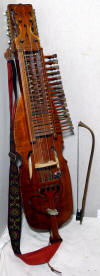 |
 |
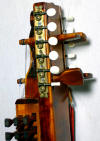 |
 |
|
|
|
|
An small hurdy gurdy of guitar
outline early 19th century |
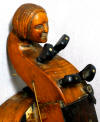 |
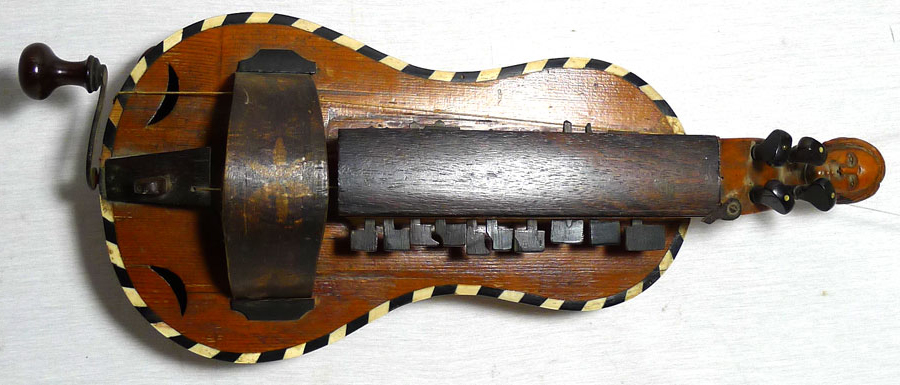 |
|
|
 |
 |
|
|
|
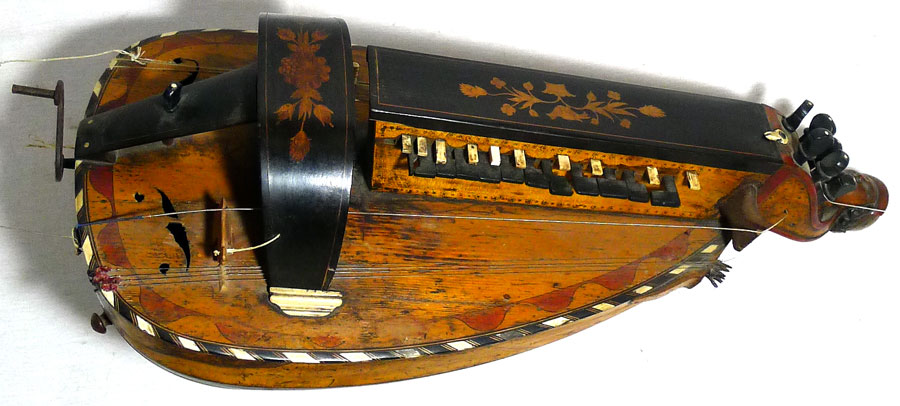 |
|
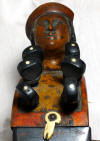 |
Hurdy gurdy lute backed circa 1840 |
|
| |
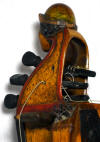 |
 |
 |
 |
|
|
|
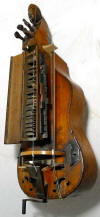 |
An early 19th century hurdy gurdy of
guitar outline. |
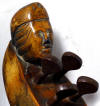 |
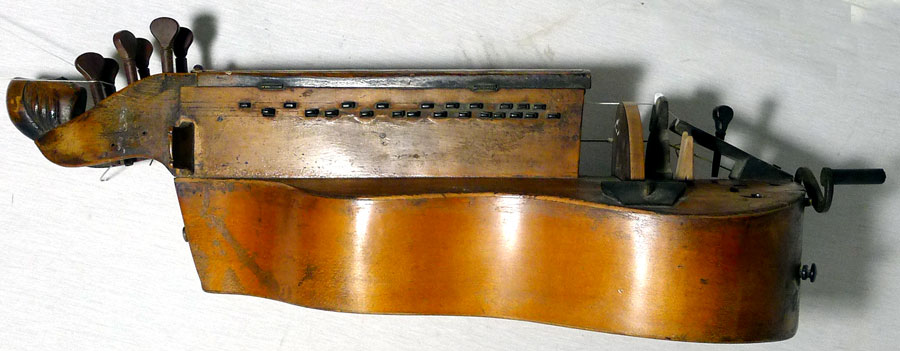 |
 |
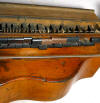 |
|
|
|
|
In the eighteenth century the term hurdy-gurdy was also
applied to a small, portable "barrel organ" (a cranked box
instrument with a number of organ pipes, a bellows and a
barrel with pins that rotated and programmed the tunes) that
was frequently played by poor buskers (street musicians).
Barrel organs require only the turning of the crank to play;
the music is coded by pinned barrels, perforated paper
rolls, and more recently by electronic modules
|
|
Hardanger Fiddles
Pochette and
kit violins Metal violins Decorated
violins
Unusual
violas
Fakes
Mute violins
Early
violins |
|
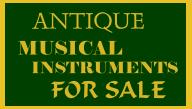 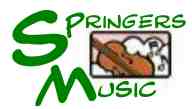  Museum email Museum email |





































